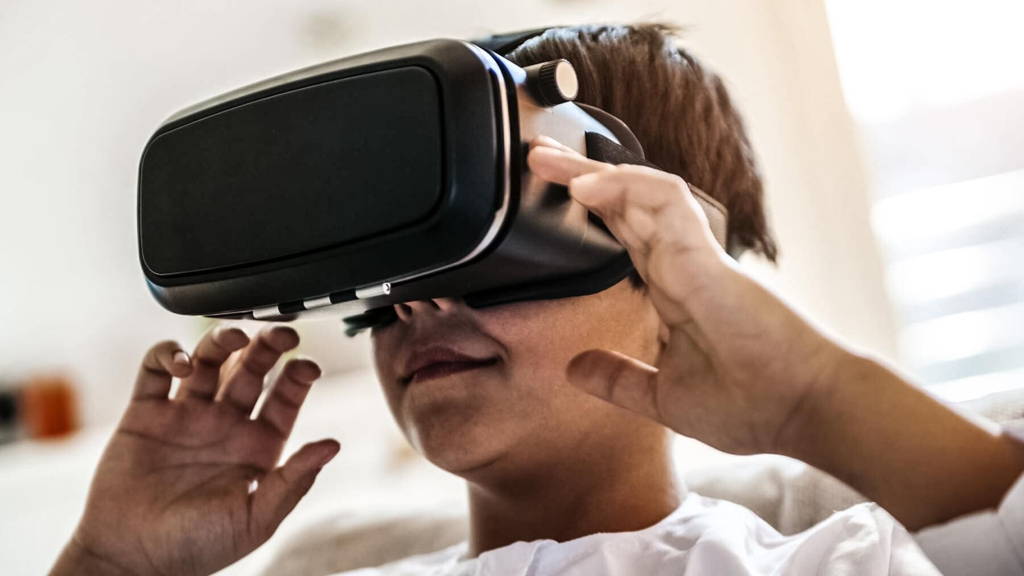Digital health is up and coming, even though the technology market is dropping somewhat. Funding in digital health reached $981.3 million in Q1 2016. This is the highest first quarter since 2011 and it represents almost 50% year-over-year growth.
“This is the most interesting time in the history of healthcare and medicine,” says Zen Chu, MD of Accelerated Medical Ventures and senior lecturer at the MIT Sloan School of Management. “We've got so many new technologies and redesigned experiences impacting both the value we deliver, and also the value patients are getting from healthcare.”
Experts believe that even though there’s no way to predict whether the technologies and experiences can be scaled up cost-effectively, that the following three health-tech innovations will revolutionize healthcare — economically and otherwise - in the coming years:
Virtual reality, a tool nowadays used for diagnostics, for the treatment of PTSD and Autism, to name but a few. Nanotechnology, like for instance Sperm-inspired micro robots, Ant-like nano-engines, Scallop-like microbots and nanoswimmers and DNA-based origami robots and last but not least 3D printing, used in surgical practice, 3D imaging and 3D modelling and printing organs.
“This is the most interesting time in the history of healthcare and medicine,” says Zen Chu, MD of Accelerated Medical Ventures and senior lecturer at the MIT Sloan School of Management. “We've got so many new technologies and redesigned experiences impacting both the value we deliver, and also the value patients are getting from healthcare.”
Experts believe that even though there’s no way to predict whether the technologies and experiences can be scaled up cost-effectively, that the following three health-tech innovations will revolutionize healthcare — economically and otherwise - in the coming years:
Virtual reality, a tool nowadays used for diagnostics, for the treatment of PTSD and Autism, to name but a few. Nanotechnology, like for instance Sperm-inspired micro robots, Ant-like nano-engines, Scallop-like microbots and nanoswimmers and DNA-based origami robots and last but not least 3D printing, used in surgical practice, 3D imaging and 3D modelling and printing organs.






